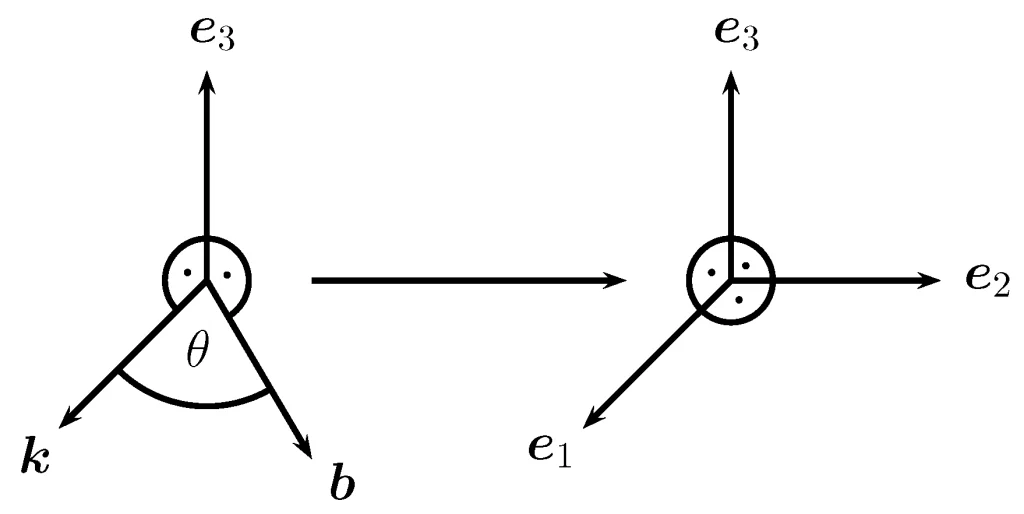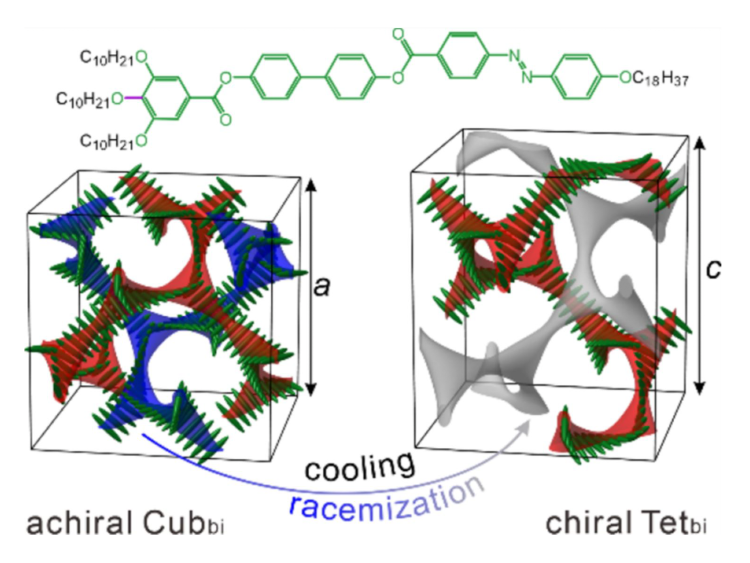The Paradox of Symmetry
Symmetry, the principle that is often synonymous with beauty and perfection, has long been revered across disciplines. It is the invisible thread that weaves through the tapestry of the natural world, architecture, and the arts. The honeycomb’s hexagonal perfection, the bilateral symmetry of a butterfly’s wings, and the mirrored halves of the human body all testify to nature’s affinity for balance. Yet, in a startling revelation that shook the very foundations of physics, the pristine image of symmetry was forever altered by the groundbreaking work of two scientists, Tsung-Dao Lee and Chen-Ning Yang.
The Mirror That Lied
In 1956, Lee and Yang uncovered a profound truth: the mirror of nature, once thought to reflect an unerring symmetry, was flawed. Particles, when viewed in a figurative mirror, did not adhere to the expected mirror image. This violation of parity, as it is known, suggested that the laws governing the subatomic world were not mirror-symmetric. It was a finding that contradicted one of physics’ most fundamental principles and hinted at a universe more complex and asymmetrical than ever imagined.
Symmetry in Science and Art
The concept of symmetry has been integral to human understanding, shaping our perception of aesthetics and informing scientific inquiry. From the grand palaces and temples that stand as monuments to symmetry’s appeal to the geometric shapes that form the basics of design, symmetry has been a cornerstone of order and harmony. Yet, it is the breaking of symmetry that often leads to innovation and diversity, a notion that would become increasingly evident in the field of physics.

The Breakdown of Perfect Symmetry
The discovery of parity violation was a watershed moment, suggesting that the universe, in its earliest moments, may have favored matter over antimatter, leading to the existence of the world as we know it. This asymmetry, subtle yet profound, has implications that resonate beyond the realm of particle physics, influencing the very fabric of life.
The Left-Handed Universe
In the wake of Lee and Yang’s findings, the notion of a universe biased towards ‘left-handedness’ began to take shape. The asymmetry found in the biological world, where amino acids predominantly adopt left-handed configurations, echoes the broken symmetry of the subatomic realm. It is a bias that points to a universe where perfection is not defined by symmetry but by its absence.
The Dance of Asymmetry
The universe’s preference for asymmetry is not just a quirk of the subatomic world but a defining characteristic of life itself. The lopsidedness of molecular structures, the uneven distribution of facial features, and the imbalance in the natural world all point to a universe where asymmetry reigns supreme. It is a principle that governs the evolution of life, the shaping of galaxies, and the very existence of everything we hold dear.
The Elegance of Imperfection
In the end, it may be that the universe’s beauty stems not from perfect symmetry but from its imperfections. The richness of the natural world, the diversity of life, and the complexity of the cosmos all arise from a departure from perfect balance. Asymmetry, it turns out, is not a flaw but a feature, a catalyst for change and the architect of beauty.


















































Discussion about this post